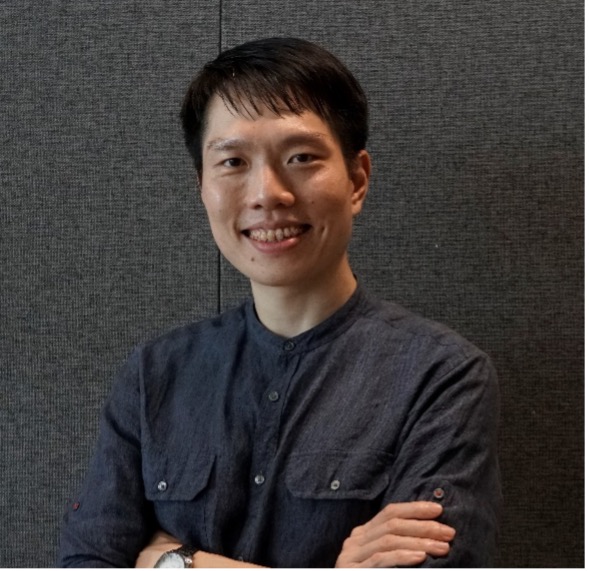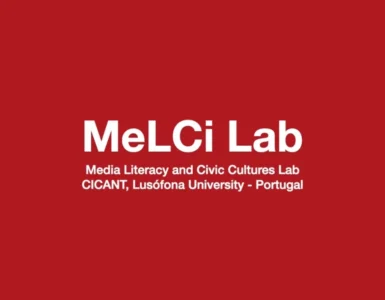Organic chemistry is widely considered to be one of the hardest branches in chemistry. In a recent survey done in our class at the National University of Singapore (NUS), 64% of the students responded that organic chemistry was difficult to learn. This perceived difficulty, coupled with the lack of social interaction from online teaching has led to a decrease in social presence in the teaching and learning of organic chemistry. This added challenge causes students to have a less holistic learning experience with organic chemistry, leading to decreased motivation. When learners are less motivated, it is harder to learn concepts well.
In the current COVID-19 pandemic, a number of educators searched for ways to mitigate the social presence in online learning. After thoughtful considerations, our team decided to leverage on game-based learning to increase social presence in online learning. Through game-based learning, we aim to improve students’ learning experience and subsequently, allowing students to be more engaged with the organic chemistry content.
Choosing for game-based learning
Game-based learning is a form of pedagogy that has been implemented in various other fields of education. According to Plass and co-workers, game-based learning involves teaching concepts and knowledge by creating a game designed around the topic itself. Game-based learning, especially those that introduce an element of competitiveness, has been shown to improve students’ extrinsic motivation in learning.
Partnering with programmers and technologists at NUS Information Technology department, we developed a digital chemistry boardgame design to combat the physical restraints caused by the COVID-19 pandemic. This digital game was designed based on a organic chemistry boardgame, The CheMakers, which was also produced by several members of the ChemPOV team, and two NUS undergraduate students. The learning objective of ChemPOV is for players to solve an organic chemistry synthesis reaction scheme using chemical tiles that can be obtained by reaching certain locations on a game map. These chemical tiles are only awarded if the learners accomplish certain tasks related to organic chemistry concepts. ChemPOV also utilises a leader board as well as other gameplay mechanics to introduce competitiveness into the game, to create a more fun and engaging experience for students. These competitive yet fun learning experiences allow for students to reinforce their knowledge in organic chemistry synthesis reaction in our freshmen course.

Figure 1: ChemPOV is a multi-player digital boardgame that supports learning chemistry. Graphic contributed by Choo Wen Xin
Gameplay in ChemPOV
Once players have downloaded ChemPOV on their computers, they can start the application and they will be greeted with a start menu to indicate their room number so that they can join their friends.
Once players have gathered in a room and are ready to start, the game begins by allowing the players to select avatars in-game, which are based on real life world renown chemists, including Nobel Laureates. These avatars have their superpowers in the games. Once all the players have chosen their unique avatar, the game begins.
When the game begins, the players see the main screen of the map which features the game map and tiles, the player card and the inventory and instruction tab (Figure 2).

Figure 2: The main screen of ChemPOV. It has the game map, the tiles, the Player Cards, the Instructions tab.
The player card, which is unique to each player, shows the organic synthesis scheme that the respective player will have to complete by filling in the chemicals. The game set up allows for each player to strategise and plan their movement on the board. During the players turn, the instruction tab will guide players on what actions are required to be taken, such as rolling the dice or selecting which tile to move to. When the dice has been rolled, the player then decides which tile to move to according to the number indicated on the dice.
There are three types of tiles that the players can land on, chemical tiles, teleport tiles and chance card tiles (Figure 3). If the player lands on the chemical tiles, she or he will be presented with a multiple-choice question (MCQ) where they will have 15 seconds to answer the MCQ. If they answer it correctly, they will be awarded with the chemical tile that corresponds to the tile they have landed on. These MCQs are based on past examination questions. If the players get the chemical tile, they can drag it into the player card to solve the organic chemistry synthesis reaction.
If the player lands on the teleport tiles, the player can transition to other teleport tiles and end their turn immediately. If the player lands on the chance card tiles, they have the opportunity to choose a chance card randomly. This chance card poses either a supportive or detrimental outcome on the player or on another selected player.

Figure 3: The Teleport tile (Tiles marked in X, highlighted in the neon blue box) and the Chance tile (Question Mark in the tile, enclosed in the pink box) are some of the features in ChemPOV to allow players to strategise and increase competitiveness.


Figure 4: On the top, players will select one Chance card from the possible six cards. An example of a chance card after selection is shown on the bottom.
The player who is the fastest to finish the synthesis scheme correctly on the Player Card wins. The game continues further until all the players have solved the synthesis scheme on each of their Player Cards. A leader board will be shown to any player who has finished the game. This leader board will allow players to compare their performance with one another in the game, fostering the element of competitiveness.
The Future of ChemPOV
ChemPOV have the potential to improve students’ engagement and learning experience at different educational levels. We can curate the questions that are appropriate for the high school chemistry syllabus so that these students can play the game. We also believe that ChemPOV can be modified for other disciplines such as the social sciences.
Authors’ Note: The co-PI of this ChemPOV projects are Assoc Prof Lam Yulin (NUS Chemistry) and John Yap (NUS IT).

Authors
Kenzo Togo is a graduate from Imperial College London with a Biomedical Engineering MEng degree. Currently working at NUS as a research assistant, he manages various educational projects and initiatives. Kenzo is the lead research assistant for ChemPOV and supports the team in social media and reviews. He serves as a mentor for pre-university students on a science research program

Fun Man Fung, Ph.D. MSc. BSc., earned his chemistry degrees from NUS and Technical University of Munich. He researches on how gamifications and videography techniques improve learning outcomes. Since 2021, Fun Man is a member of the Editorial Advisory Board at the Journal of Chemical Education, ACS Publications.
Acknowledgement: The team members who contributed to ChemPOV include Gan Ju-we, Han Jia Yi, Kim Yongbeom, Ong Christoper Ivan Wijaya, Musalli Dawoud Abdullah, Maria Goh (NUS CIT). Former contributors include Chuah Teong Leong, Chloe Chan and Karen Gan (NUS SDE Interns).













